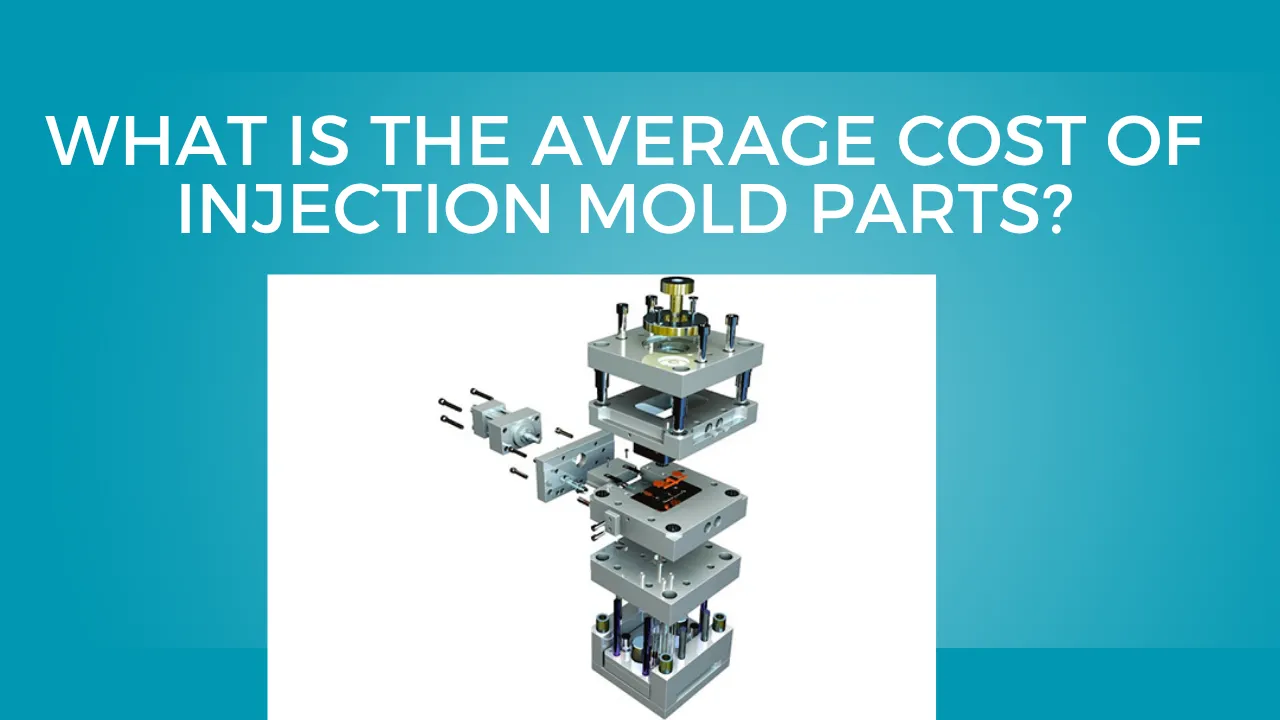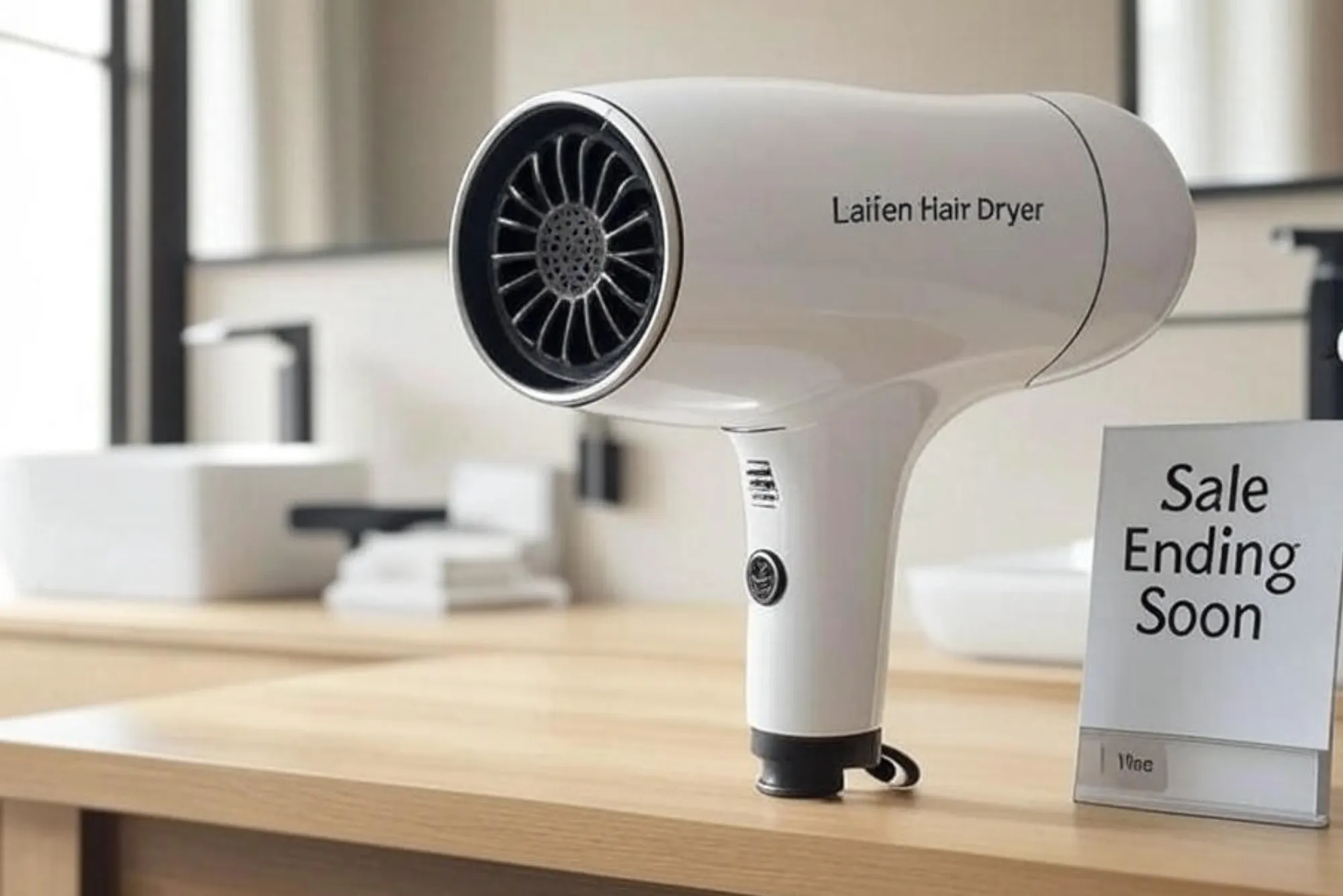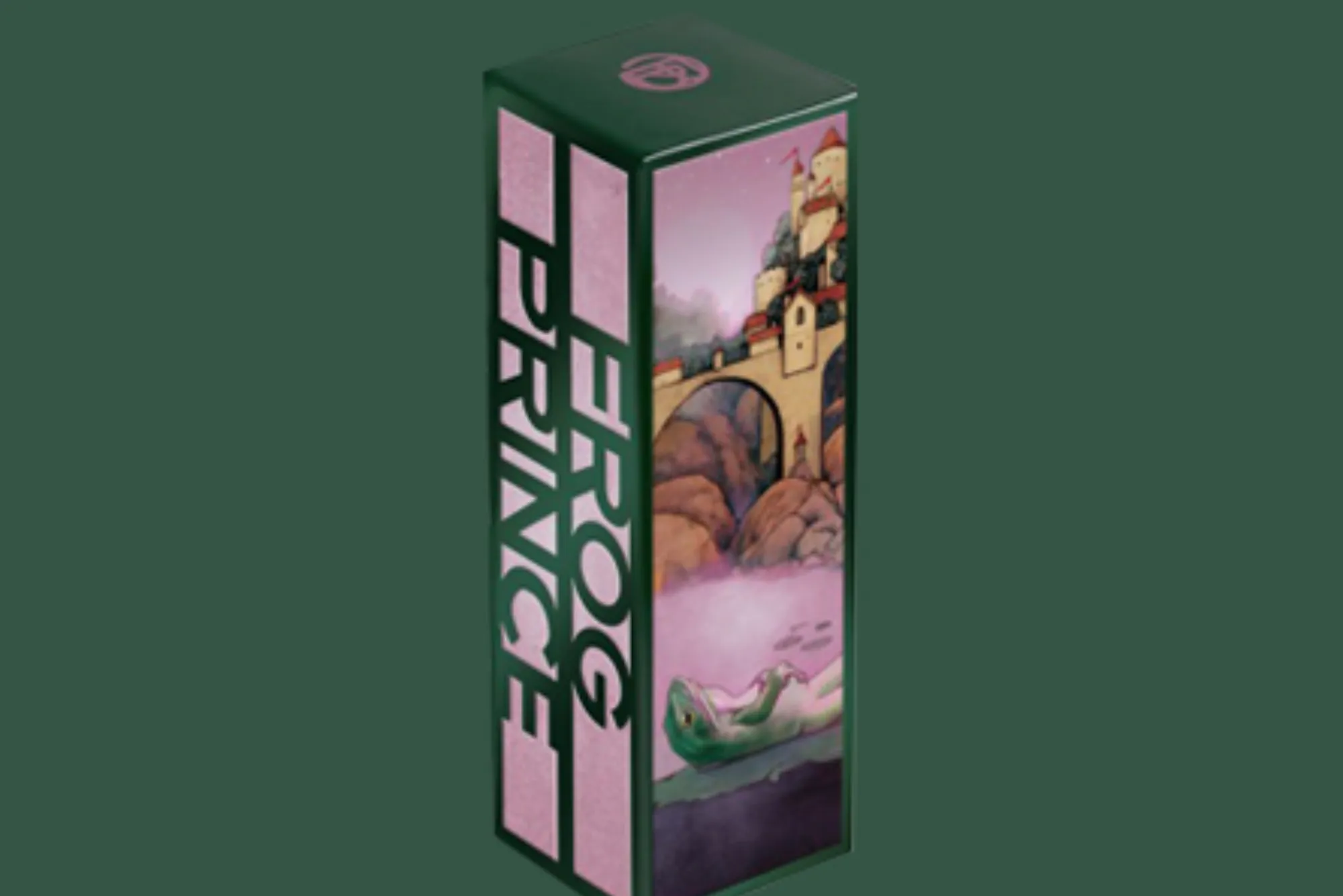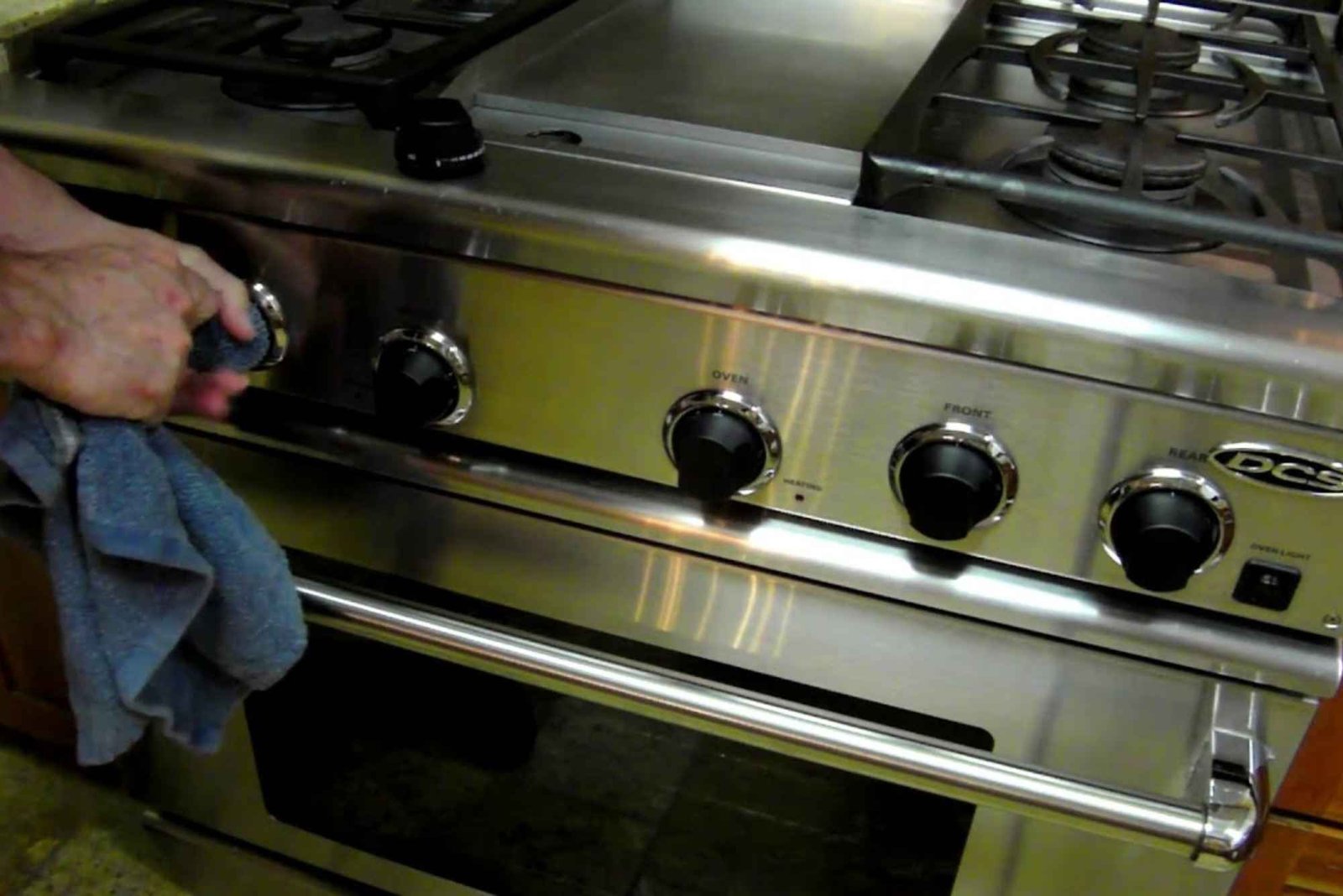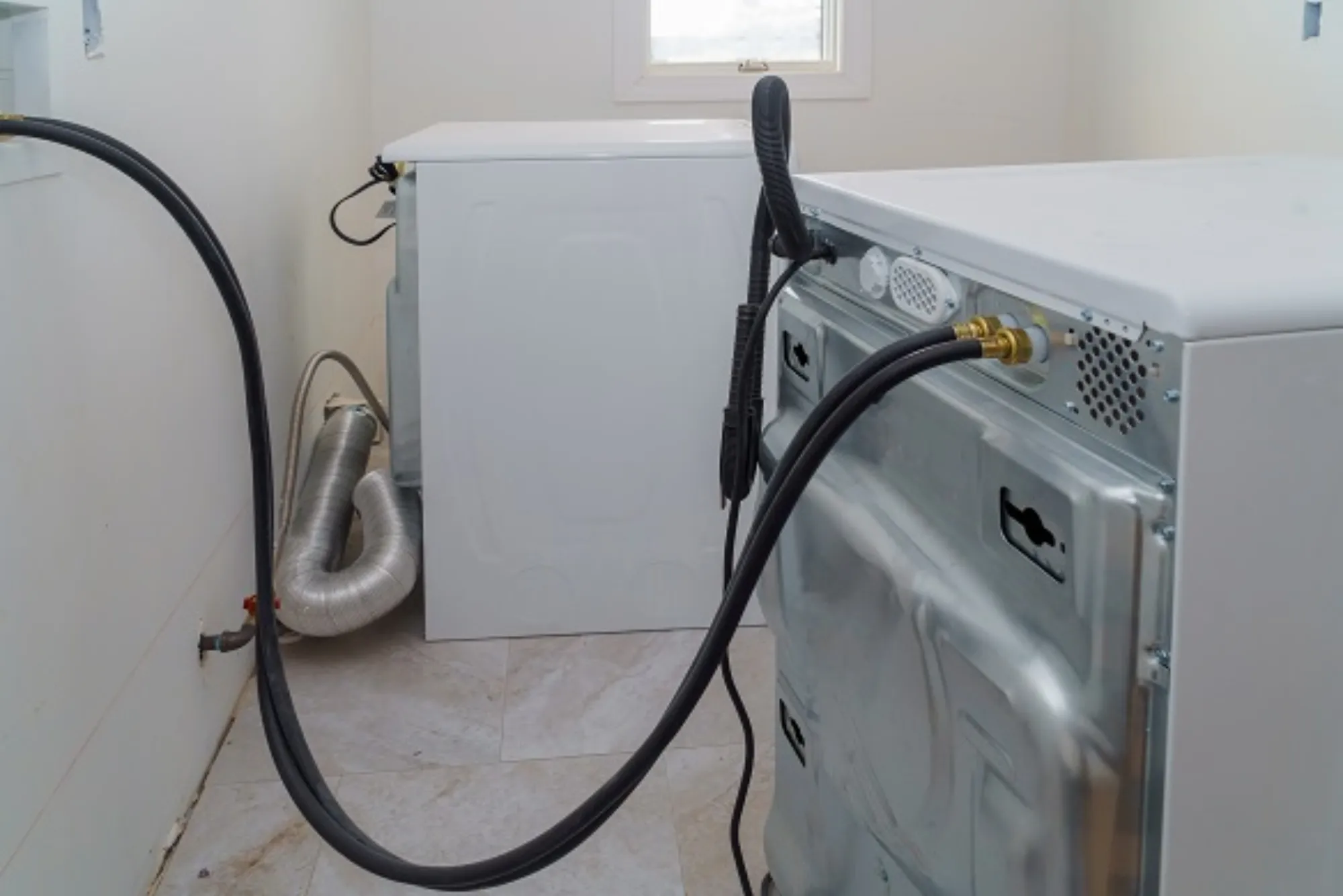What is DTF Printing?
DTF (Direct-to-Film) printing is a revolutionary method that allows for full-color, high-quality prints to be transferred onto various fabric types. Unlike traditional methods, DTF does not require pre-treatment and can be applied to both light and dark fabrics. This process involves printing a design onto a special transfer film, applying adhesive powder, curing the print, and heat-pressing it onto the fabric. With its durability, color vibrancy, and versatility, DTF has become a preferred choice for custom apparel businesses.
How Do DTF Transfers Work?
DTF transfers are printed images that can be heat-applied to garments and accessories. Unlike traditional heat transfer vinyl, DTF transfers allow for complex, multicolor designs without layering. The process includes printing the design onto transfer film, applying adhesive powder, curing the print, and pressing it onto fabric. The result is a flexible, durable print that maintains its vibrancy even after multiple washes.
Advantages of Using DTF Printing
One of the biggest advantages of DTF printing is its ability to work on various fabric types, including cotton, polyester, blends, and synthetic materials. Unlike sublimation, which is limited to light polyester fabrics, DTF can be used on both light and dark garments. Additionally, DTF prints are stretch-resistant, ensuring long-term durability without cracking or fading. This makes it a cost-effective solution for businesses looking to produce high-quality custom apparel.
DTF Transfers vs. Other Printing Methods
When compared to other methods like screen printing, heat transfer vinyl, and sublimation, DTF transfers offer greater flexibility and efficiency. Unlike screen printing, which requires extensive setup and is best for bulk production, DTF transfers allow for small-batch, on-demand printing. Unlike sublimation, which requires polyester and light-colored fabrics, DTF transfers work on a variety of materials. The ability to print detailed, multicolor designs without extra layers makes DTF transfers a superior choice for apparel customization.
Essential Equipment for DTF Printing
To start with DTF printing, you need a DTF printer, transfer film, adhesive powder, a curing oven or heat press, and high-quality inks. These elements work together to ensure professional-grade prints. The heat press is essential for bonding DTF transfers to the fabric, ensuring they last through multiple washes. Investing in quality equipment will help achieve the best results in DTF printing.
Step-by-Step Process of Creating DTF Transfers
Creating DTF transfers involves several steps. First, the design is printed onto transfer film using a DTF printer. Next, an adhesive powder is applied to the design to ensure proper bonding with the fabric. The transfer is then cured using a heat press or curing oven before being applied to the garment. The final step involves heat-pressing the transfer onto the fabric at the recommended temperature and pressure. This method ensures long-lasting, high-quality results.
Common Mistakes to Avoid in DTF Printing
When working with DTF, there are several mistakes to avoid to achieve the best results. Using low-quality transfer film can result in poor adhesion, while incorrect heat and pressure settings may cause peeling or fading. Applying too much or too little adhesive powder can also impact durability. Regularly maintaining your DTF printer and using high-quality ink will help ensure consistent, high-resolution prints.
How to Care for DTF Printed Garments
Proper care is essential to maintaining the longevity of DTF transfers. To extend the life of DTF prints, wash garments inside out in cold water and use mild detergents. Avoid using bleach or harsh chemicals, as they can weaken the adhesive. When drying, opt for air drying or low heat to prevent damage. Following these care instructions will ensure that DTF transfers remain vibrant and intact for years.
Conclusion
DTF printing is a game-changer in the custom apparel industry, offering high-quality prints, durability, and versatility. Unlike traditional methods, DTF transfers provide greater design flexibility and work on a wide range of fabrics. Whether you’re starting a new printing business or looking for a more efficient way to produce custom apparel, DTF is an excellent solution. By understanding the process, investing in quality materials, and following best practices, businesses can take full advantage of this innovative printing technology.
Frequently Asked Questions
- What is DTF printing?
- DTF printing is a method where designs are printed on transfer film and applied to fabric using heat and pressure.
- How are DTF transfers different from heat transfer vinyl?
- DTF transfers allow for full-color, detailed designs without the need for layering vinyl sheets.
- Can DTF transfers be applied to dark fabrics?
- Yes, DTF transfers work on both light and dark fabrics without pre-treatment.
- How durable are DTF prints?
- DTF prints are highly durable and can withstand multiple washes without cracking or fading.
- What equipment is needed for DTF printing?
- A DTF printer, transfer film, adhesive powder, and a heat press are required.
- Can DTF transfers be used on accessories?
- Yes, DTF transfers can be applied to hats, bags, and other items beyond apparel.
- What temperature is required for applying DTF transfers?
- Typically, DTF transfers are applied at 300-320°F (150-160°C) with a heat press.
- Is DTF printing cost-effective for small businesses?
- Yes, DTF allows for on-demand printing with lower setup costs compared to screen printing.
- How do I maintain my DTF printer?
- Regularly clean printheads, use high-quality ink, and store transfer film properly to maintain print quality.
- Is DTF an eco-friendly printing option?
- Yes, DTF printing reduces waste and does not require excessive water usage compared to traditional methods.




